SYMPHONY NO. 5
FEBRUARY 20, 2025 / 7:30 PM / BYU CONCERT HALL
FEBRUARY 21, 2025 / 7:30 PM / MAURICE ABRAVANEL HALL
FEBRUARY 22, 2025 / 7:30 PM / MAURICE ABRAVANEL HALL
THIERRY FISCHER , conductor (Utah Symphony’s Music Director Emeritus)
HAYDN
Symphony No. 13 in D Major
I. Allegro molto
II. Adagio cantabile
III. Menuet
IV. Allegro molto
INTERMISSION
MAHLER
Symphony No. 5 in C-sharp Minor
Part I:
Trauermarsch
Stürmisch bewegt, mit grösster Vehemeng Part II:
Scherzo: Kräftig, nicht zu schnell
Part III:
Adagietto, sehr langsam Rondo – Finale: Allegro
CONCERT SPONSOR
HEALTHCARE NIGHT
CONCERT SPONSOR
NORA ECCLES TREADWELL FOUNDATION
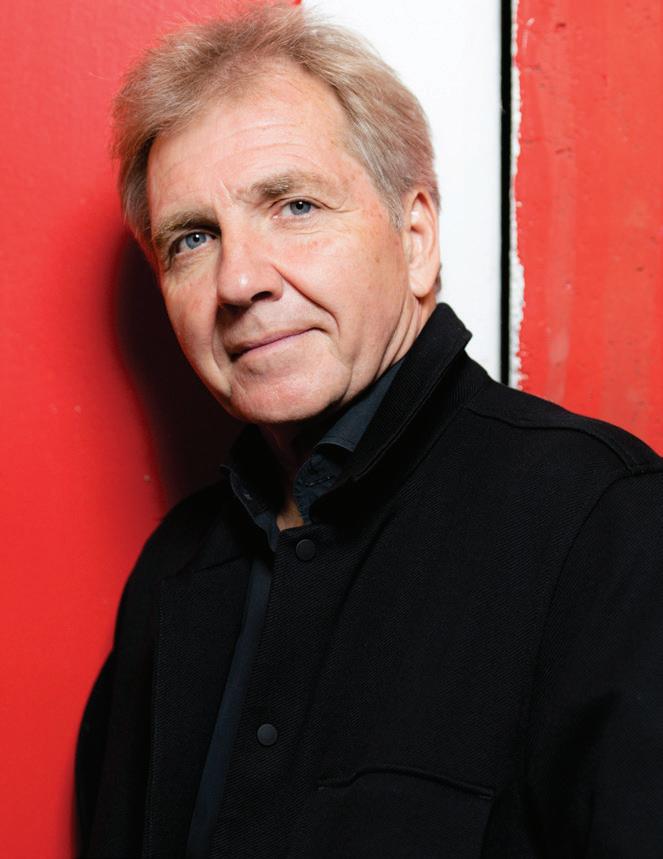
CONDUCTOR SPONSOR
PATRICIA RICHARDS & WILLIAM NICHOLS
Thierry Fischer Conductor
Thierry Fischer has been Music Director of the São Paulo Symphony since January 2020 and of the Orquesta Sinfónica de Castilla y León since September 2022. He is also Music Director Emeritus of the Utah Symphony (where he was Music Director 2009–2023).
Fischer has conducted orchestras across the globe, notably the Cleveland Orchestra, the Boston, Atlanta and Cincinnati Symphonies, London Philharmonic, Royal Philharmonic, Oslo Philharmonic, Rotterdam Philharmonic, Maggio Musicale Firenze among others. He has performed and commissioned many world premieres, and works with the London Sinfonietta, Ensemble Intercontemporain but also other leading chamber orchestras such as the Chamber Orchestra of Europe, Orchestra of the Age of Enlightenment and Swedish Chamber.
April 2024 saw the launch of Frank Martin: Odyssey, of which Fischer is Artistic Director. To celebrate the 50th anniversary of his compatriot’s death Fischer has curated a series of concerts running through to the end of 2026 in which every note of Martin’s oeuvre will be performed in Geneva. As part of the festival he conducts the world premiere of a newly commissioned orchestration of the ballet Die Blaue Blume with the Orchestre de Chambre de Lausanne in their main season and at the Amsterdam Concertgebouw.
In 2024–25 he opens the Berlin Festwochen with the Sao Paulo Symphony in their 70th anniversary year, also taking the orchestra to the Edinburgh and Rheingau festivals and to the Concertgebouw. He continues his Mahler symphony cycle for the orchestra’s own label, recorded in the studio with the latest audio technology. Together with the Orquesta Sinfónica de Castilla y León he tours this season to the Hamburg Elbphilharmonie, Madrid Teatro Monumental, and to the Cartagena Festival (Colombia) for 6 concerts featuring Spanish music, continues his Beethoven cycle, and gives the European premiere of Gabriela Ortiz’ cello concerto – co-commissioned by OSESP (and also by the LA Philharmonic, Carnegie Hall, and Philharmonia).
Concluding a transformative 14 years in Utah - including the orchestra’s first visit to Carnegie Hall for the first time in 40 years, a Saint-Saëns cycle on Hyperion and many other highlights – in 2023 Fischer released on Hyperion Messiaen’s Des Canyons aux Étoiles (directly inspired by the awe-inspiring landscape of Utah State). The disc was shortlisted for the 2023 Gramophone Awards (orchestral category). In 2025 he returns to conduct the orchestra in a two-week Mahler festival, and at the League of American Orchestra conference, hosted this year in Salt Lake City.
Whilst Principal Conductor of the BBC National Orchestra of Wales 2006-2012, Fischer appeared every year at the BBC Proms, toured internationally, and recorded for Hyperion, Signum and Orfeo. In 2012 he won the ICMA Award for his Hyperion recording of Frank Martin’s Der Sturm with the Netherlands Radio Philharmonic Orchestra and Chorus. His discography also includes a Beethoven disc with the London Philharmonic on the Aparté label.
Fischer started out as Principal Flute in Hamburg and at the Zurich Opera. His conducting career began in his 30s when he replaced an ailing colleague, subsequently directing his first few concerts with the Chamber Orchestra of Europe where he was Principal Flute under Claudio Abbado. He spent his apprentice years in Holland and became Principal Conductor and Artistic Advisor of the Ulster Orchestra 2001-2006. He was Principal Guest of the Seoul Philharmonic 2017-2020 and Chief Conductor (now Honorary Guest) of the Nagoya Philharmonic 2008-2011.
By Jeff Counts
Symphony No. 13 in D Major
Duration: 21 minutes in four movements.
THE COMPOSER – FRANZ JOSEPH HAYDN (1732-1809)
–Haydn, in 1763, was still only the vice-Kapellmeister at Eisenstadt for the Esterházy family, but his expected ascension to the top job was not far off. Prince Pál Antal had only recently rescued the composer after his previous position in Count Morzin’s court was dissolved for financial reasons. Thankfully the prince’s death in 1762 did not halt the growing devotion between the Esterházy family and Haydn. Pál Antal’s brother Miklós was an avid musical connoisseur as well, and he made sure his sibling’s favored composer, once he became full Kapellmeister in 1766, continued to enjoy a generous environment in which to create new works for the next 24 years.
THE HISTORY – The majority of those new works were, of


of that genre exploration was highly important to everyone. In fact, of the staggering 104 symphonies Haydn would write during his productive life, 87 of them date from his Esterházy years. His international reputation grew steadily during his almost three decades in the remote Hungarian location, thanks in part to the professional flexibility his employers allowed. His duties at court kept him very busy, but Haydn was permitted to take occasional outside commissions like the one that produced the six “Paris” symphonies in 1785-86. Long before those high days of continental fame, however, were the more formative ones. The quick pace of Haydn’s output has made the chronology of the low-numbered symphonies a challenge for scholars, but we do know Symphony No. 13 was composed in 1763 during a five-year stretch that yielded many similar works. The Esterházy palace was growing at the time and so was the orchestra, which allowed Haydn to experiment with four horns instead of the usual two in Symphony No. 13. Fourpart horn section writing would become the norm in the 19th century and Haydn’s innovation to compose for interlocking high and low voices (horn 1 and 3 were set in the upper register, horn 2 and 4 were low) is still considered standard practice by composers today. The four note theme upon which the finale of Symphony No. 13 is built may sound

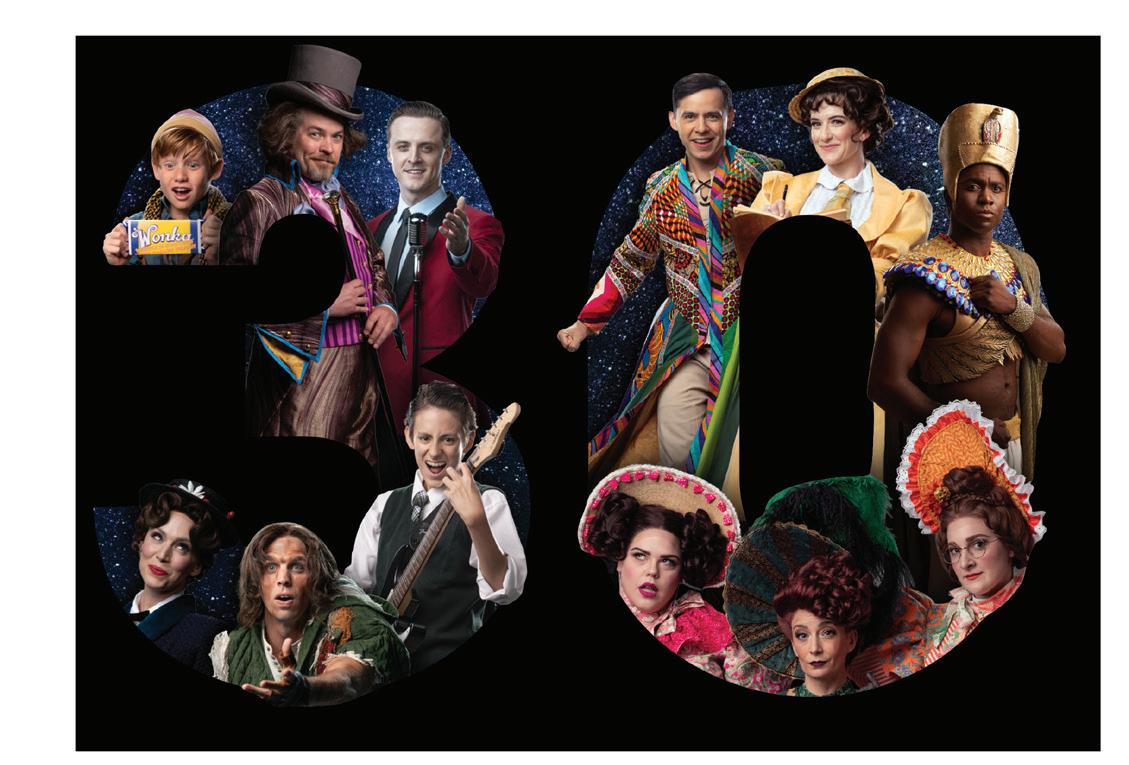



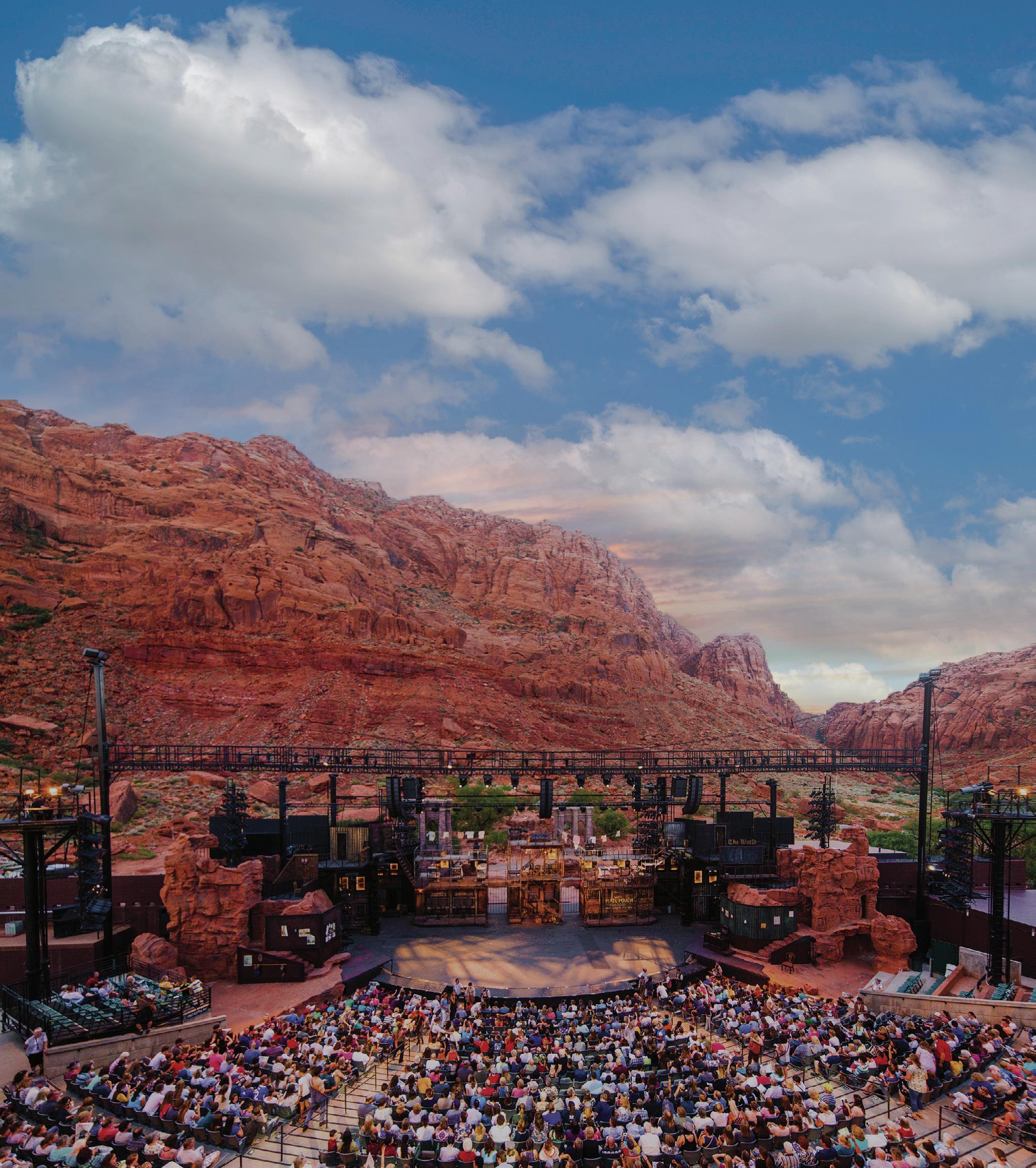



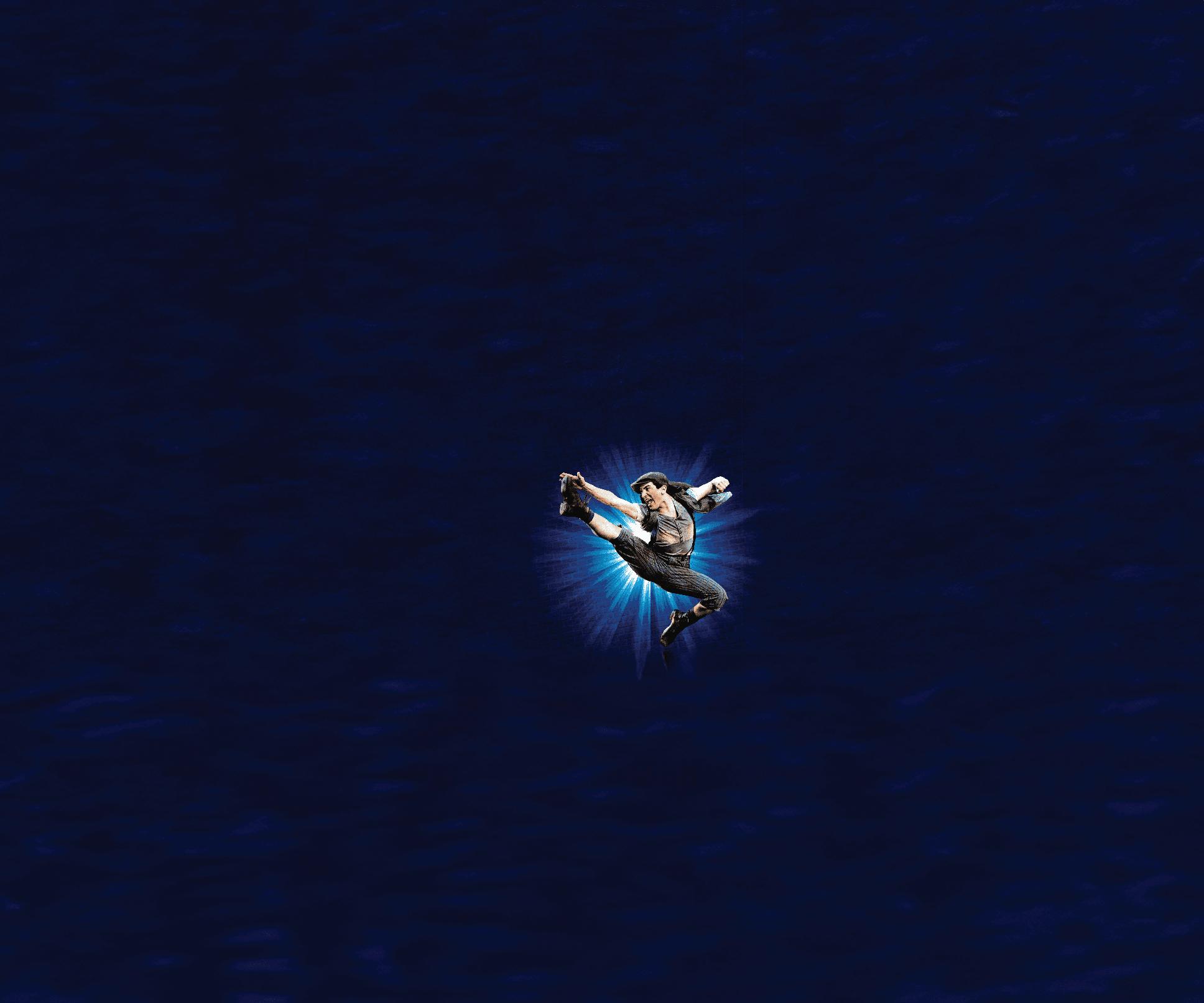

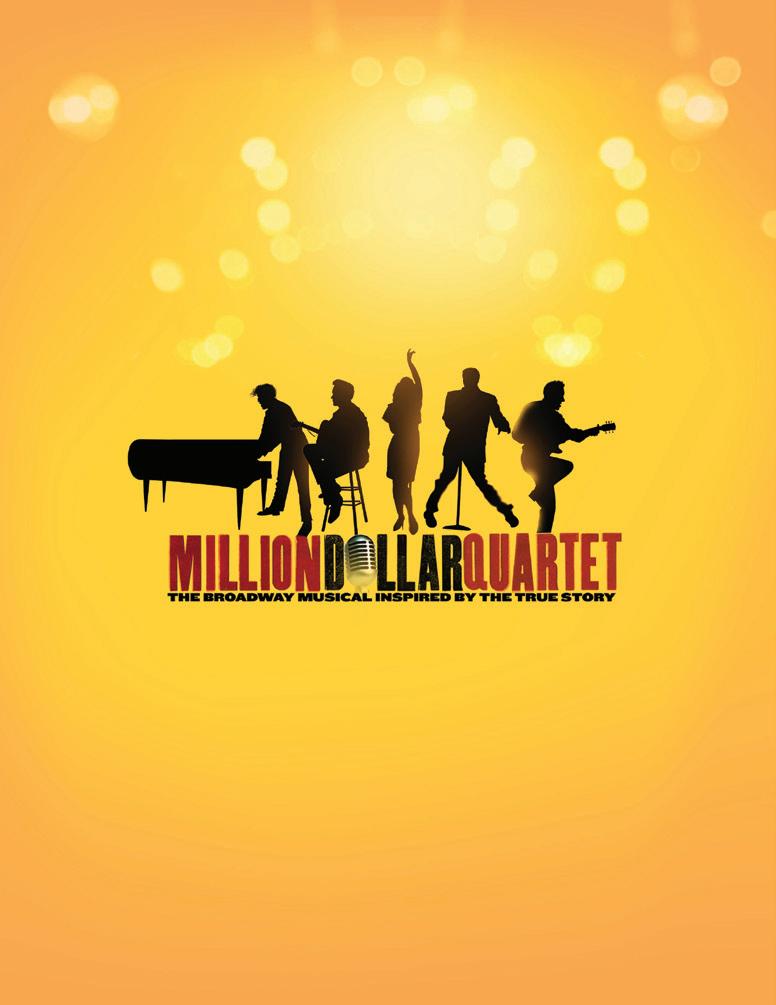
familiar to listeners who know Mozart’s 1788 “Jupiter” Symphony No. 41. The same theme (a common plainchant fragment) was used by Mozart for the finale of his finale (“Jupiter” was his last). Haydn, upon hearing of Mozart’s death in 1791, quoted from “Jupiter” in his own Symphony No. 98.
THE WORLD – Elsewhere in 1763, the Seven Year’s War came to an end, Istanbul’s Hagia Sophia was damaged by an earthquake, Russia invaded Circassia in the Northern Caucasus and slaves revolted against their Dutch masters in Guyana.
THE CONNECTION – Though they regularly perform Haydn Symphonies on the Masterworks Series, these concerts represent the Utah Symphony premiere of No. 13.
Symphony No. 5 in C-Sharp Minor
Duration: 68 minutes in five movements.
THE COMPOSER – GUSTAV MAHLER (1860-1911)
–Mahler’s new villa in the village of Maiernigg (on the Worthersee in the Austrian state of Carinthia) was completed in 1901, so he was able to spend the entire summer there at work on new scores. Important among them was the highly progressive 5th Symphony, an exemplar of the significant stylistic and personal changes that developed during this period for Mahler. By the following spring, he would be married in a Catholic ceremony (he had converted in 1897 to remove his Jewish heritage as a major obstacle to his professional success in Vienna) to Alma Schindler. Though their marriage was anything but perfect, she would introduce Mahler to many of Austria’s most influential modernists.
THE HISTORY – The productive summer at Maiernigg was preceded by a significant health scare. Internal bleeding
had necessitated an operation and a lengthy period of recuperation, during which Mahler immersed himself in the study of Bach. It might seem counterintuitive, but the forced acknowledgment of his mortality and the subsequent re-awakening of his respect for Bach put Mahler in a musically revolutionary mood. He was anxious to strike out on a new path as a composer and fully aware that his new symphony must be wholly different from its predecessors (5th Symphonies had been known to have that effect in the past). Mahler was an avid self-quoter in his first four symphonies, borrowing liberally from his own Wunderhorn song cycles, but that phase of his compositional ambition was complete. Apart from the stand-alone (and unclassifiable) 8th, there would be no more vocal music in his symphonies after the 4th. The 4th Symphony is further noteworthy here, in the context of Mahler’s penchant for thematic reference, since the striking trumpet fanfare from that work’s first movement was re-purposed almost verbatim for the opening of the 5th. There is no express reason to read premonitory intent into the earlier music but also no reason to deny that Mahler was trying to say something by looking briefly backward once more with this link. Maybe, to paraphrase commentator Michael Steinberg’s theory, Mahler meant to show that the new must contain parts of the old. The recent fascination with Bach plausibly defends this idea and is substantiated by the highly intricate instrumental writing of the 5th. Regardless of these presumed reminiscences and homages, the 5th Symphony was a great, wrenching step forward in terms of its scope, originality and impact on the just-born century. Mahler knew it right away, and remarked in a letter to Alma that he wished he could premiere the work “fifty years after my death.”
THE WORLD – Elsewhere in 1902, Edward VII was crowned King in the United Kingdom, Cuba gained formal independence from the United States, the Second Boer War ended and Alfonso XIII began his reign in Spain
THE CONNECTION – Mahler 5 was most recently performed by the Utah Symphony in 2015. Thierry Fischer was on the podium.
